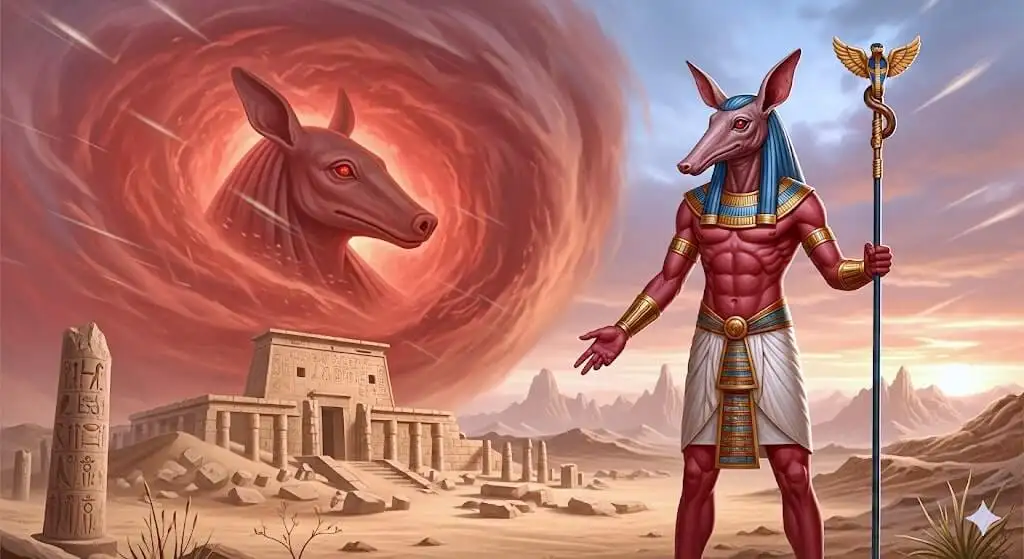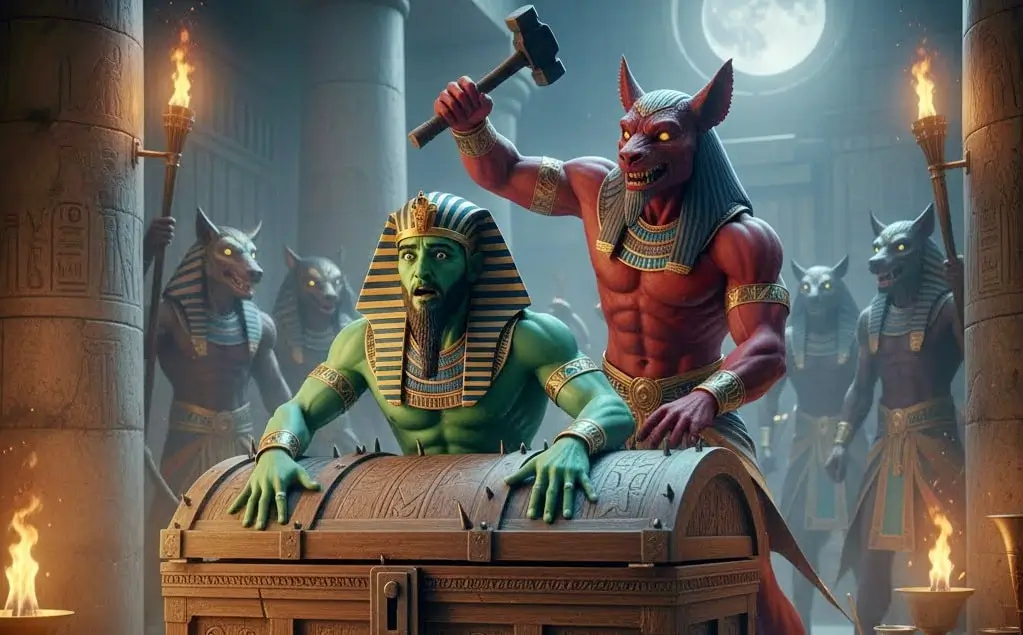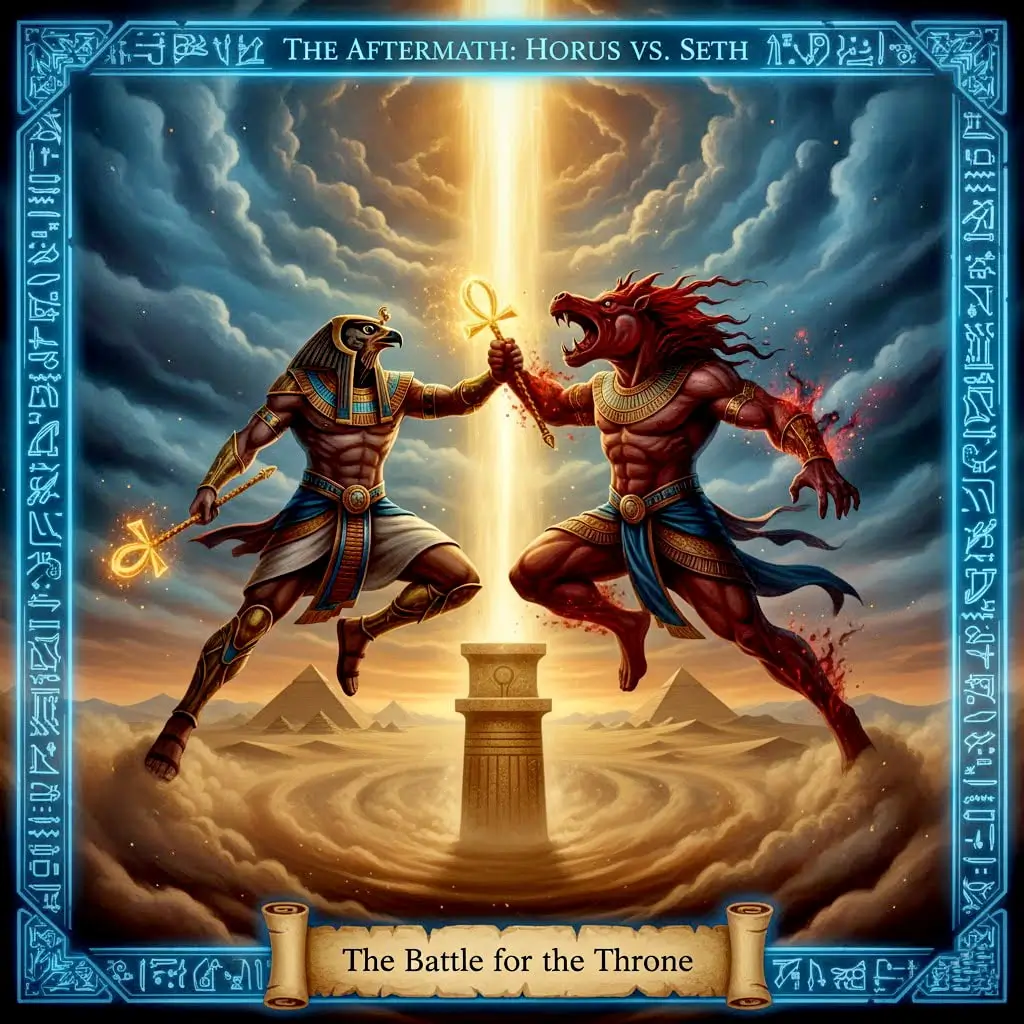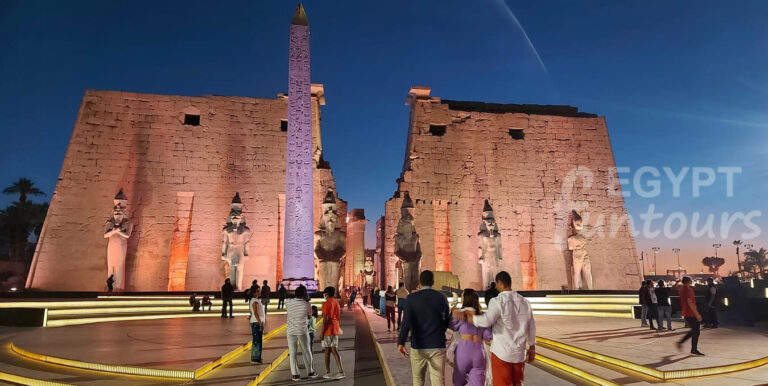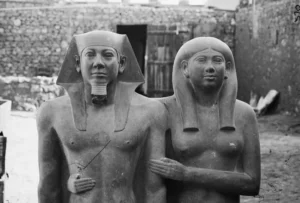Welcome to the Power of Set: The Lord of the Red Land
Set (also known as Seth or Sutekh) is the ancient Egyptian god of the Desert, Storms, Disorder, and Foreign Lands. His name became synonymous with chaos (Isfet), primarily due to his central role as the villain who brutally murdered his brother, Osiris. He battled his nephew, Horus, for the throne. Despite this, Set possessed a profound duality. He also served as the fierce protector of the sun god Ra during his nightly journey through the underworld. He is uniquely depicted with the distinct head of the Set Animal, a mythical creature symbolizing the untamed, violent forces of nature. Understanding Set means grasping the necessary struggle between order and chaos that defined the Egyptian universe.


